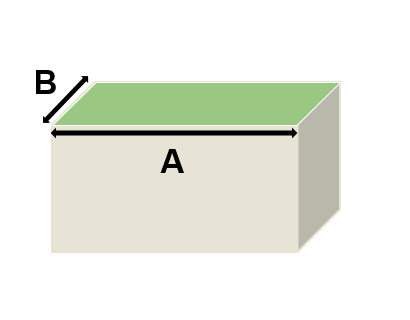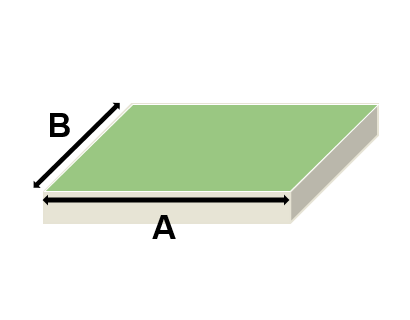Where will the system be placed?
Would you like to design a PV system for a tilted roof, a flat roof or a field?
TILTED ROOF
FLAT ROOF
FIELD
Specify the location by typing your address or clicking on the map. The location has to be within the Netherlands. For the performance calculations, the meteorological data from the nearest weather station will be used.
How many PV modules do you need?
We estimate this amount based on your yearly electricity use.
If you don't know your electricity use, select 'I don't know' and continue to the next step.
What is your yearly electricity use?
Optional: what percentage of your electricity use do you want to be provided by the PV system?*
% of load
*Disclaimer:
This tool in principle can only be used in case of a grid-connected PV system design. This means that a 100% load coverage does not automatically mean that you can be 'off-grid'. An off-grid PV system design is a complex issue. However, the total required number of modules as calculated from the yearly electriciy use will be a good estimate for the minimum required system size for an off-grid PV system design.
How would you like to restrict the size of the system?
Often, the system size is calculated by means of how many PV modules fit in the available area. Though, in this tool the system size can be restricted in multiple ways.
The size of a photovoltaic system determines for an important part how much energy can be produced by the system.
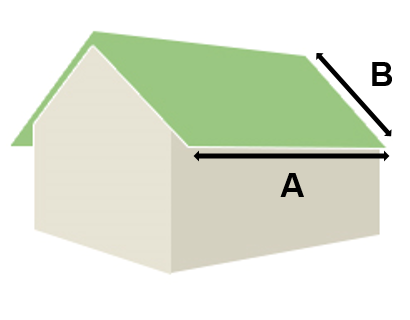
Please specify how you would like to restrict the size of the system. From this input, the number of PV modules is calculated which then is used for the performance and economic calculations.
How would you like to place the PV modules?
A south orientated roof is the most optimal. Differently orientated roofs are also suitable, although the electriciy production will be lower. The tilt angle of the roof defines the tilt of the solar panels. An optimal value typically is 35 degrees, however this depends on the orientation of the roof.
Roof angle (tilt)
[°]
Roof orientation
In an EW-setup, half of the modules are placed in the specified direction, while the other half is facing a direction of 180° difference.

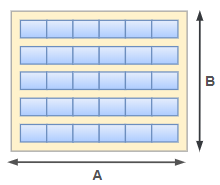
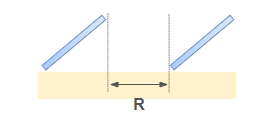
OPTIONAL DETAILS
Side A = m
Side B = m
Rowspace R
m
Specify an exact value for the desired rowspace. A quite common value for the Netherlands is 0.7m. In case of an East-West configuration, the rowspace is adviced to be 0m.
What type of PV modules would you like to use?
Currently, there are two main types of solar panels available on the commercial market: crystalline silicon panels and thin-film panels. The division is based on the material properties of the semiconductor that a solar panel consists of.
High efficiency
Cheapest option
Good for large surfaces
| Technology | |
| Nominal power | |
| Efficiency (STC) | |
| Area |
1. LOCATION
2. ELECTRICITY USE
3. SIZE
4. SETUP
5. PV MODULES
TILTED ROOF PV SYSTEM

